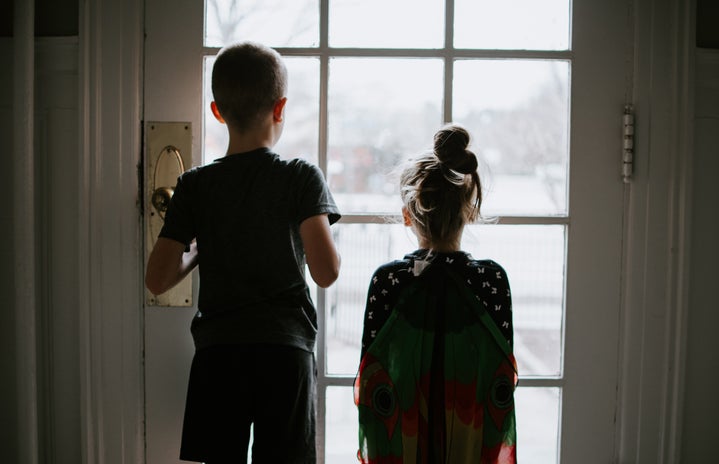It’s important to constantly practice awareness for the Autistic community, but World Autism Awareness month (April) is a specific time to highlight and examine how we as a society view and treat individuals with ASD (Autism Spectrum Disorder). One could argue that awareness and treatment of ASD has gotten better in recent years, but there is still a huge blind spot: the troubling lack of awareness for the gender divide present in ASD diagnoses.
For a very long time, the ratio of boys to girls with ASD was thought to be as high as 5:1. Experts now estimate that it could be as low as 2:1. Yet girls are still less likely to be properly diagnosed and most receive a very late diagnosis. Additionally, if you were to look at a list of ASD characters in popular media, you would see that the list is overwhelmingly dominated by male characters.
Why are women with ASD so often overlooked by medical professionals and authority figures?
While there is plenty of research that still needs to be conducted, the main theory is that ASD simply presents itself differently in females and in a way that doesn’t always align with the current standards of measurement. Girls with ASD have been reported to be much better at “camouflaging” and copying their peers to hide any social challenges, which contrasts strongly with the “Rain Man” or “Forrest Gump” stereotype. Many women with ASD recall crafting very specific personas for different situations in order to be perceived as “normal.”

Societal norms also play a part in the challenges that women with ASD face. Being quiet and passive, especially as a young girl, is seen as expected and allows girls with ASD to blend in easier. The outside pressure to fulfill certain female ‘roles’ that are often defined through relationships could also be a reason that young girls feel a higher drive for socializing, leading to the aforementioned mimicry and camouflaging.
This ignorance of ASD in women has dire consequences. Women who only get diagnosed later in life will spend most, if not all, of their adolescence struggling to socialize, communicate and form relationships. The internalized struggles can result in other mental health complications such as anxiety, depression, and eating disorders. Women with ASD are also more likely to be sexually assaulted because of an inability to read social cues, as well as an isolation from other girls that keeps them from learning about potential dangers and warning signs. Finally, women who spend so many years crafting personas or ‘masks’ will have countless struggles with self-identity, which are difficult to navigate — especially if they feel as if they are completely alone.

What we can do to help:
- Support ASD Organizations and Charities. Make sure to pay attention to what the organization offers and stands for. If they make a point of highlighting gender disparity, that is ideal. If not, what support and resources do they offer to people with ASD? Who makes up their board? (Autism Speaks, for example, has been under fire for having a mainly neurotypical board and for only putting 1% of funding into support services.
- Listen to Women with ASD. Just because her experiences might differ from many popular ideas of what ASD looks like, don’t discount them. Every experience is different. Pay attention to their needs and do your best to accommodate them.
- Above all, show support, promote awareness, and practice how to be understanding.
Resources to Support/Gain More Information:
Autistic Women and Nonbinary Network


